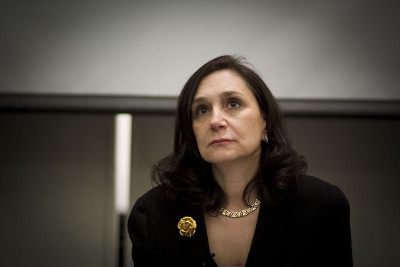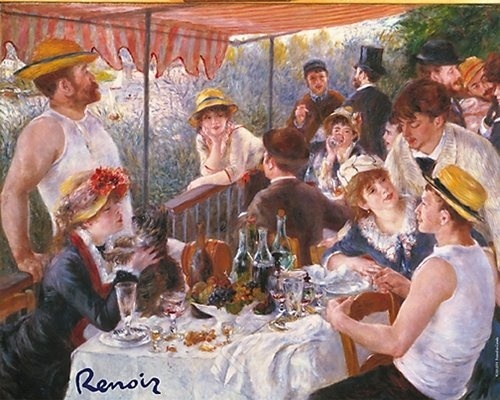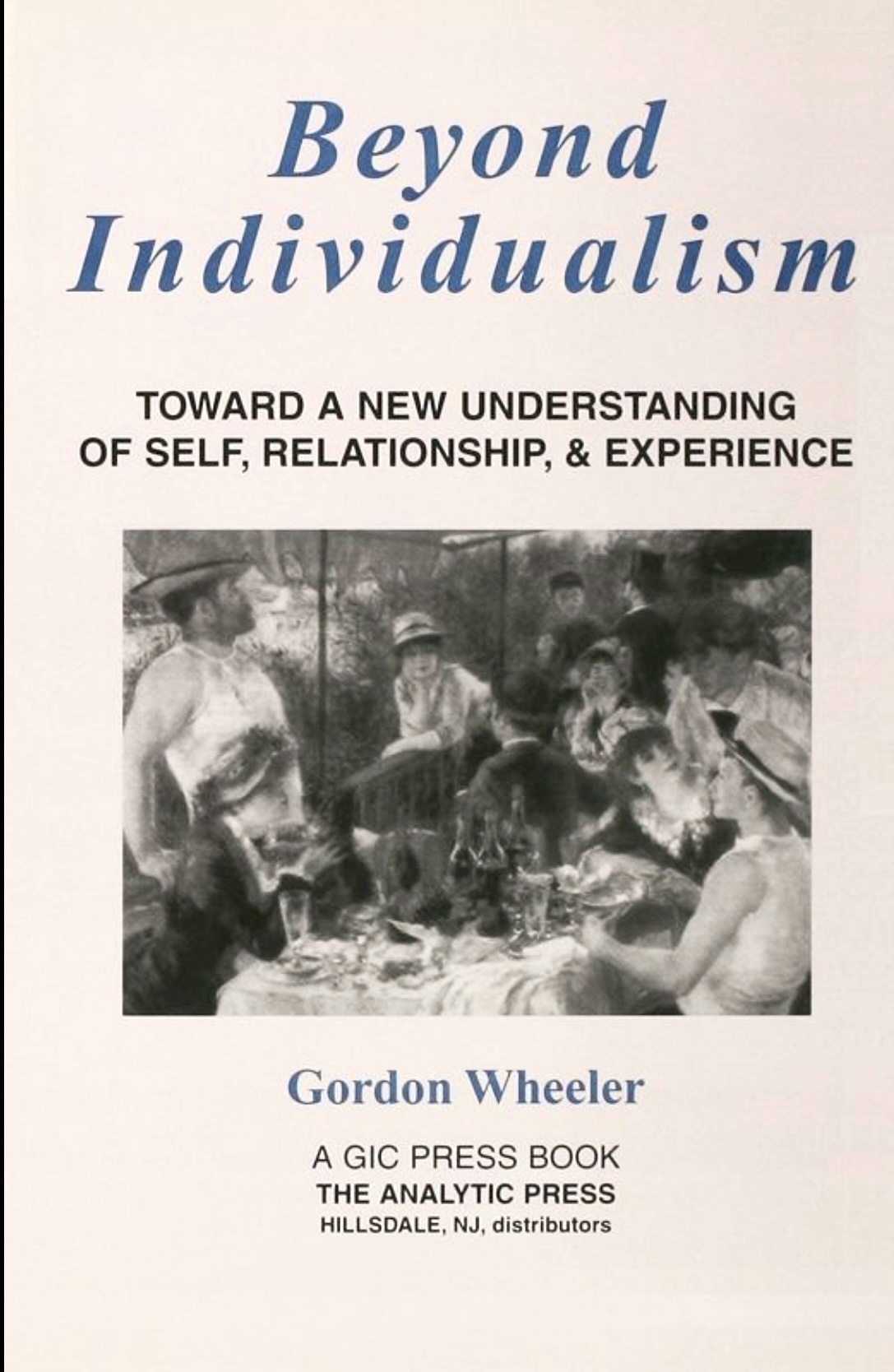Of all the events in the world I think this election in the USA is a climactic point of a long build up, not just for the US but the world. What happens within the Democratic party is more important then what happens between the parties.
First psychodrama was also marital therapy
In a section of his his book (2014) “Spontaneity Drama to Save a Marriage”, John Nolte tells the story of two actors Barbara and George who were also married. Moreno asked them to take on roles that were related to their real life, and noted the therapeutic effect.
It was in this way that Moreno first experimented with the techniques of spontaneous drama to treat emotional problems. Years before the notion of marital or family therapy became commonplace in mainstream mental health practice, Moreno had demonstrated the use of spontaneity techniques to restore equilibrium to the relationship of a husband and wife.
Nolte, J. (2014). The philosophy, theory and methods of J. L. Moreno: The man who tried to become god. United Kingdom: Routledge.
Jacob Moreno’s Great Idea
Of course he had more than one. He is best known for psychodrama and psychodrama is only possible because it is built on many great ideas. But what if there was only one idea?
Here is one of Moreno’s great ideas: therapeutic tele.
OK, I imagine you are thinking that therapeutic tele refers to the client therapist relationship.
The importance of therapist/client connection has increasingly been well recognised. There has been research to confirm the obvious. See, for example, this quote from a classic study:
…the patients who had successful outcomes appeared more willing and able to have a meaningful relationship with the therapist. The patients who did not improve in therapy did not relate well to the therapist and kept the interaction superficial.
Assay and Lambert 1999
So was Moreno there first as always?
Not so fast, therapeutic tele is almost the exact opposite of the therapist/client relationship:
Moreno saw the power of relationships from a different angle. The therapists…
… cherished the notion that the psychiatrist alone is the healer, that all the therapeutic tele derives from him and nowhere else is so concentrated and effective. However, sociometric studies revealed to me that a great deal of the therapeutic tele is distributed over the community and that the question was only to make it effective and to guide it into the proper channels. … The chief psychiatrist had to be put out of action to be removed from the scene; he became an auxiliary ego at a distance. His function reduced itself to deciding who might be the best therapeutic agent to whom, and aid in the picking of these agents. … He had lost all the insignia of all-mightiness, of personal magnetism, and status of counsel. The face-to-face physician had become a physician at a distance. He adjusted his function to the dynamics of a tele world.
(Moreno 1977:242-243)
Key ideas:
- “therapeutic tele is distributed over the community and that the question was only to make it effective and to guide it into the proper channels.”
- The therapist becomes “an auxiliary ego at a distance”
Therapeutic tele is not evenly distributed.
To make it effective and guide it we need sociometry, to see the social and cultural atom.
By the measure of love, hate, influence, power, significance the most potent therapeutic tele is in the marriage or other loving committed relationship.
Therapeutic tele is a great idea, it changes everything. That is why we have group therapy, and interpersonal relationship therapy.
That is why I do Psychodramatic Relationship Therapy Training
~~~
Assay, T. P., & Lambert, M. J. (1999). The Empirical Care for the Common factors in Therapy: Quantitative Findings. In M. A. Hubble, B. . Duncan, & S. D. Miller (Eds.), The Heart & Soul of Change: What Works in Therapy (pp. 23 –54). Washington DC
Moreno, J. L. (1977). Psychodrama Volume One (Fourth ed.) Beacon, New York: Beacon House.
Psychodramatic Relationship Therapy Training
This is the next workshop for relationship therapy training I will be conducting.
Psychodramatic Relationship Therapy
A training weekend with Walter Logeman
19-20-21 August 2016
You will witness, learn and actively apply psychodramatic methods to facilitate healing encounters. Gain familiarity with Jacob Moreno’s methods and philosophy to guide your work with couples and other significant relationships. Other modalities will be referenced to enrich psychodramatic work. The workshop involves a high level of participation, practice and sharing.
The workshop is suitable for:
- psychodrama practitioners and trainees
- therapists trained in other modalities of couple therapy who wish to enrich and sharpen their work
- people new to couple therapy who can use the training as a starting point
- therapists who work with individuals can learn to “include” the absent partner’s perspective in the work.
Venue
Urban Eden, 296 Barbadoes Street, Christchurch Central
Fee
$380.00 due four weeks before the event, 22 July 2016
Enquiries
walter@psybernet.co.nz or text 021 2710610
See more details & enrol
http://aanzpa.org/training/citp/2016enc
Flyer
http://aanzpa.org/system/files/couple-therapy-training-2016.pdf
Psychodramatic Relationship Therapy Training – Introduction
This is the opening section (DRAFT Tuesday, 14 June, 2016) of a longer guide to Psychodramatic Relationship Therapy Training – see main post, with more links here.
Psychodramatic Relationship Therapy Training
Introduction
I am a trainer (TEP) at the Christchurch Institute for Training in Psychodrama and a Certified Imago Relationship Therapist.
This document is a guide for people doing psychodramatic relationship therapy training workshops. I have conducted the workshops once or twice a year since 2011 in New Zealand and on one occasion in San Francisco. I have also conducted conference sessions and shorter training presentations at AANZPA, IAGP and NZ Imago conferences. I plan to offer the workshop regularly.
Psychodramatic Relationship Therapy Training Workshops
The workshops are an introduction to psychodramatic therapy with couples and people with significant relationships. The basis of this work is the philosophy and practice of J.L. Moreno. More recent couple therapy approaches often have their origins in the work of Moreno and have evolved aspects beyond what was possible in Moreno’s lifetime. These modalities can be referenced to enrich psychodramatic work. The approaches include Imago, Emotionally Focussed Therapy, the work of the Gottmans, Marshall Rosenberg’s Nonviolent communication, Dan Wile’s Collaborative Therapy, the work of William J. Doherty and Hedy Schleifer.
Workshops involve a high level of participation, practice and sharing. Developing a philosophy of loving relationships happens as we practice. Workshops are geared to the needs of the participants and attending several events may be indicated to practice competently.
The workshops are suitable for psychodrama practitioners and trainees, people trained in other modalities of couple therapy who wish to enrich their own perspective and to sharpen their work.
The workshops are open people new to couple therapy who can use the training as a starting point. New practitioners will need to consider further training and supervision in relationship therapy.
Couple therapy is usually done with the couple and the therapist. It can also be done in groups. Mostly the training is focussed one couple with a therapist. Groupwork is also covered.
Therapists who work with individuals only will find the workshop useful. It will increase consciousness of the healing potential in the client’s primary relationship and “include” absent partner and their perspective.
Psychodrama & couple therapy
Psychodramatic relationship therapy goes back to the beginning of the 20th century with J.L. Moreno valuing deep and transformative encounters. He was instrumental in creating the first couple therapy. (ref to where the actors became the protagonist and the first began – and it was a drama – nolte?) He spoke of developing a distinct form of interpersonal psychotherapy:
“… an active form of psychotherapy in which the personal and interpersonal problems … are treated at the same time.”
J.L. Moreno, Psychodrama Vol 1 (1977:233)
This was the forerunner of what today we call couple or relationship therapy.
Morenian theory of change is known as the Canon of Creativity. He describes a cycle that moves from a cultural conserve though warm up to spontaneity and creativity.
Psychodrama, Sociometry, Sociodrama and Role Training
The word “psychodrama” is used generically in this paper to include the four specialties defined by AANZPA. Psychodramatic Relationship Therapy is an application and integration of all the specialties. The relevance of each specialty can be seen in this summary:
Role Training aims to develop interpersonal effectiveness through a specific focus on the development of one aspect of a person’s role or role system, or one defined aspect of their personality. Role training utilises the breadth of the psychodrama method while lending itself particularly to brief interventions.
Sociometry highlights the two-way relations between individuals. It holds within its view both formal and informal relationship networks. Value is given to the investigation and assessment of visible and invisible links, the strength and weakness of these links, and the personal and cultural factors associated with attraction, neutrality and rejection in relationships. The aim of sociometry is to bring about a greater degree of mutuality between people, furthering group objectives for collaboration.
Sociodrama opens up new perceptions of organisations and groups and involves practicing new solutions to group and intergroup conflicts. It focuses on the identification of values and relationship dynamics expressed within group and wider cultural settings. It aims to stimulate greater social awareness, individual flexibility and creative relationships.
Psychodrama explores universal themes as expressed in the life interests and concerns of individuals. Emphasis is given to strengthening the abilities of an individual. This may involve repair and rejuvenation of relationship dynamics established throughout life. Psychodrama actively explores real-life situations using dramatic enactment, analysis of the roles of the system presented, and enables more adequate, flexible and creative interactions for the future.
Psychodrama Australia, Melbourne Campus Handbook
Stage, director, audience, protagonist and auxiliaries
Moreno’s distinctive contribution is to use theatre as the laboratory for investigation and change. This ensures an experimental and holistic approach where people are in the context of life itself. People interact in roles that include thinking, feeling and action. The theatrical approach brings in the concepts of stage, director, protagonist, auxiliary and audience.
The “five instruments” of psychodrama are applicable to psychodramatic relationship therapy. In a session with the couple and a therapist it is useful to be conscious how these instruments apply and how the functions shift between the three individuals present.
When is one person a protagonist for the relationship?
How can the other be an auxiliary?
When is couple therapy more like a sociodrama, with the relationship as the protagonist?
Thinking of the relationship as a drama is fitting. In two ways. One, all relationships have a life cycle from romance, through a power struggle and impasses to a resolution to a new level of love. Secondly, each therapy session is a drama, with warm up, action and sharing. Learning new roles is part of the relationship work.
Psyche, role relationships & the relational paradigm
This relational paradigm changes everything.
This post follows an earlier one: Psychological Eclecticism and Nothing And that posts is part of a series on a theme – that the psyche is a form of surplus reality created by language. This relates to the relationship between modalities, each one a shining a light on something ephemeral, the psyche.
However I’ve evolved my thinking. The language must be co created and that act transforms the relationship.
Naming roles has a measure of objectiviy when there is a consensus, but to reach that consensus means we really need to understand each other.
No role naming without role reversal.
I must tell the story of the High Priestess of Abundance.
From Eclecticism to specialisation and beyond
Just deleted this from a paper I’m writing where it is not relevant. But I want to keep the paragraph.
Years of involvement in psychodrama equipped me well to work with couples. However in the last decade or so I found myself doing more effective work helping people learn the art of loving as I learned from other modalities. Much reflection and exploration in practice led me to a new understanding of psychodramatic relationship therapy. Through engagement with Imago I learned to love and understand psychodrama afresh. (Logeman, 2009) How can we as psychodramatists best think of our relationship with other modalities? I have rejected eclecticism as it leads to a loss of focus. Marriage or integration does not for philosophy. I have tried translation; I challenged myself to use psychodrama concepts to make sense of what I have learned by being eclectic, but that does not honer some views and practices that simply are not present in psychodrama. I am satisfied to think that psychodrama can be enriched. Psychodrama has cosmology and a holistic view of human nature. At heart it is a theatrical method and anything can be put on the stage, including new ideas and methods.
The Gallery opened today
The Christchurch Art Gallery opened today. I loved being there. See my blog post with more images here.
Close up of a McCahon.
Reclaiming Conversation
How Smartphones Are Killing Conversation
A Q&A with MIT professor Sherry Turkle about her new book, Reclaiming Conversation. – Amazon
Sherry Turkle has been a thorough investigator of the media – and I like her experiential – ethnographic approach in her first book Life on the screen – Amazon
We are in the early days of technology. Can we develop etiquette – a new norm in the way we have about things like eating with your mouth full. Will parents say, “Don’t put your phone on the table while we are eating.” ? It could happen. We changed norms around smoking. Around sexism. This interview begins to articulate new norms without being anti tech,
Notes on Gordon Wheeler’s Book: Beyond Individualism
Somehow I found this book and purchased the Kindle edition It exactly relates to what I’m thinking about about the moment.
Continue reading “Notes on Gordon Wheeler’s Book: Beyond Individualism”




